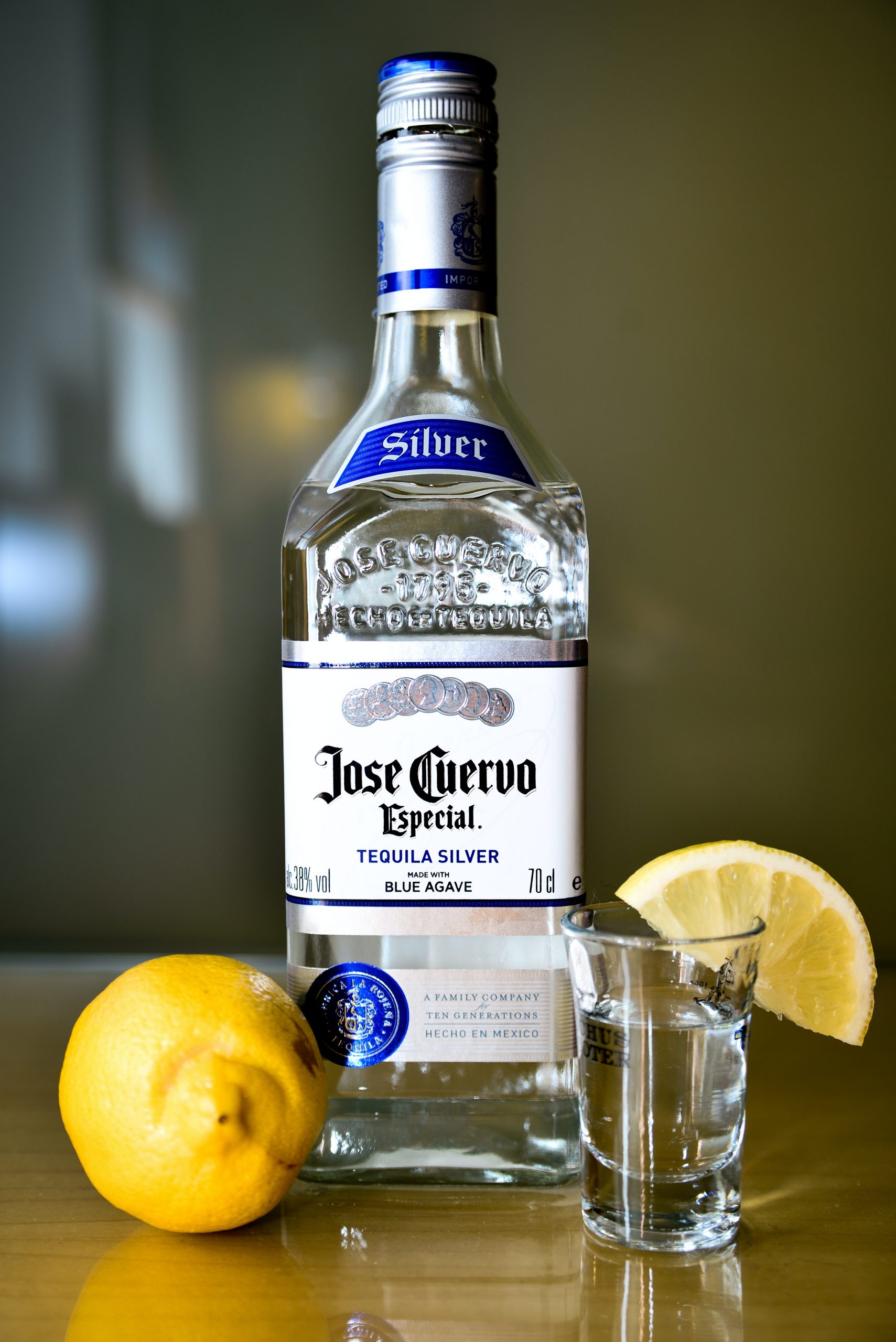HEALTH experts are calling for better alcohol labelling as new research suggests that most of the public do not know the nutritional information of popular alcoholic drinks.
The research also showed that the majority of Scots do not know the Chief Medical Officers’ drinking guidelines and were unlikely to look beyond the label in order to find health information on alcohol.
According to a new poll from YouGov most people did not know how many calories were in each drink and only 11% of people knew how many calories were in a single measure of spirits at 40% ABV.

Just 23% knew that the CMOs’ drinking guideline is a maximum of 14 units per week on a regular basis.
Research undertaken by the Alcohol Health Alliance at the time showed that more than 70% of labels surveyed did not include the drinking guidelines.
As it stands, the law requires more information to be displayed on a carton of orange juice than on a bottle of wine.

Alison Douglas, chief executive of Alcohol Health Alliance member organisation Alcohol Focus Scotland, said: “Is it any surprise that so few Scots know the calorie content of drinks – or the Chief Medical Officers’ weekly low risk drinking guideline – when this information is not routinely provided by alcohol producers?
“It is unacceptable that a product linked to 10 deaths a day in Scotland continues to be exempt from laws on labelling that apply to everything else we eat and drink.
“The alcohol industry have dragged their feet for long enough – unless labelling requirements are set out in law we will continue to be kept in the dark about what is in our drinks and what the health risks are.
“We need reliable health and nutritional information directly on bottles and cans, where it can usefully inform our decisions.
“The forthcoming UK Government consultation on alcohol labelling is a key opportunity to take action to ensure we can all make better informed and healthier choices.”

Professor Sir Ian Gilmore, Chair of the Alcohol Health Alliance, said: “Alcohol labelling in this country is failing to inform consumers about what exactly their drink contains.
“Displaying basic product information, such as calorie content, empowers the consumer to make informed choices about what, and how much, they decide to drink.
“This information should be displayed clearly on the product they are buying. They should not have to research basic health information online.
“The upcoming UK consultation on calorie labelling is a great opportunity for change.”

He continued: “Requiring the display of calorie content on alcoholic drinks would bring alcohol labelling in line with food and soft drink labelling and would help to address the fact that most adults in the UK do not know the calorie content of alcohol.
“But the public is entitled to know more than just calorie content.
“It is concerning that only 18% of the public are aware of the CMOs’ drinking guideline.
“Including this essential health information on the label, along with other legible important health warnings and drink drive and pregnancy warnings, would help educate the public about the risks associated with drinking and could help reduce alcohol harm by prompting behaviour change.”

